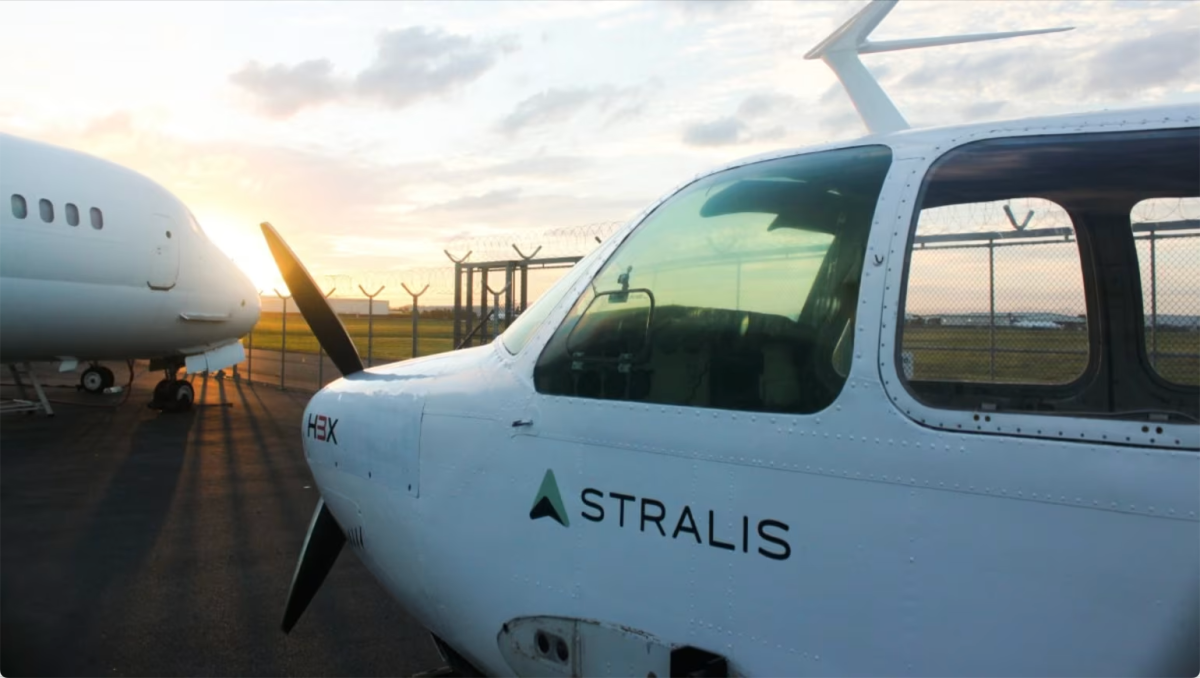Stralis Aircraft Partners with Japanese Institutions for Hydrogen-Electric Aviation Innovation
Key Ideas
- Stralis Aircraft collaborates with Japanese research institutions in Akita Prefecture for real-world trials of their hydrogen-electric propulsion system.
- The use of high-temperature proton exchange membrane (HTPEM) fuel cells by Stralis sets them apart for being lighter, more efficient, and emitting zero emissions.
- The partnership extends beyond test flights to include green job training, university-industry collaboration, and next-gen zero-emission technology development.
- The agreement between Australia and Japan in hydrogen-electric aviation could pave the way for a global shift towards sustainable energy in aviation.
Stralis Aircraft, a key player in Australian hydrogen-electric aviation, has established a groundbreaking partnership with leading Japanese research institutions in Akita Prefecture. The collaboration aims to conduct real-world trials of Stralis's advanced hydrogen-electric propulsion system at a top testing ground for electric aircraft in Japan. This move signifies a significant step towards introducing clean technology into commercial regional passenger planes. Stralis stands out for utilizing high-temperature proton exchange membrane (HTPEM) fuel cells that are not only lighter and more efficient but also emit zero emissions, contributing to cleaner skies. The project receives support from entities like Queensland's Trade and Investment Queensland (TIQ) and JETRO, highlighting a strong commitment to fostering international cooperation in clean-tech innovation. Beyond enhancing aircraft sustainability, the partnership focuses on creating tangible impacts such as green job training, fostering closer university-industry relationships, and advancing zero-emission technologies. This collective effort between Australia and Japan positions both countries at the forefront of sustainable energy solutions in the aviation sector. As global interest in hydrogen fuel cells grows, this partnership could serve as a model for the future of eco-friendly flying. With the world's increasing focus on decarbonizing aviation, the collaboration between Australia and Japan offers a promising blueprint for achieving environmentally friendly air travel.
